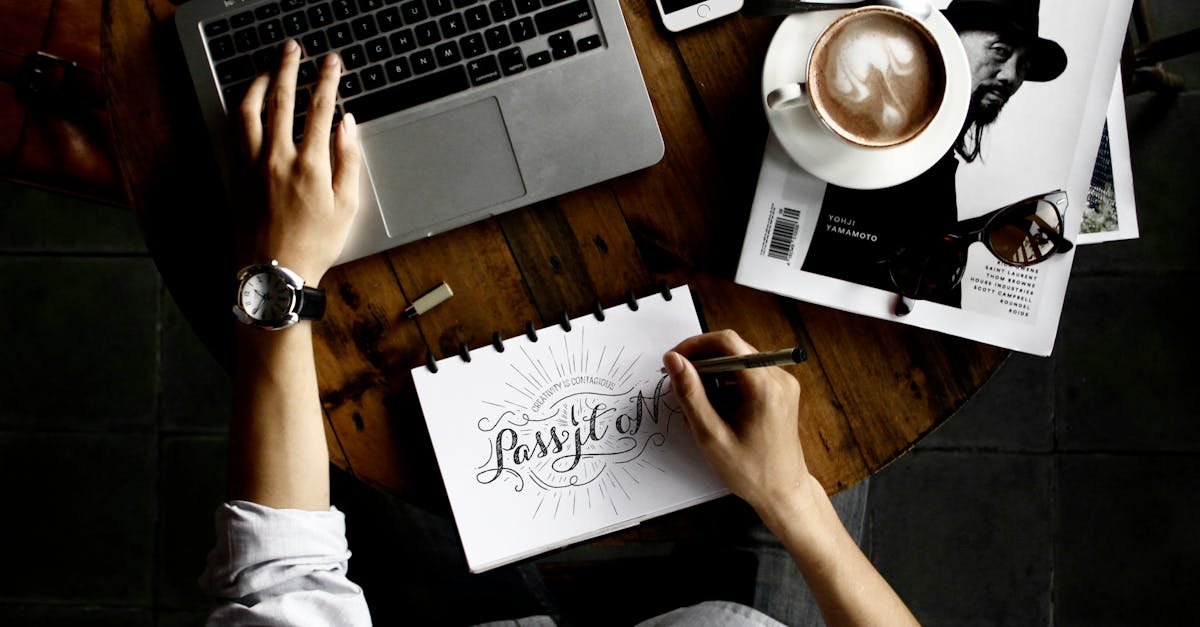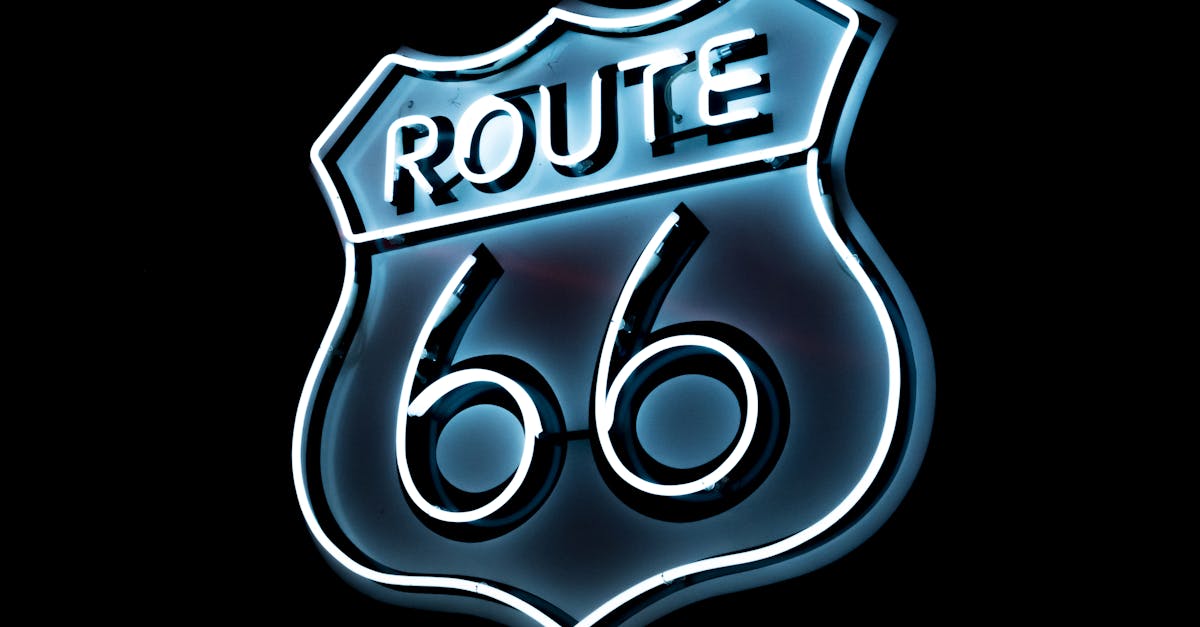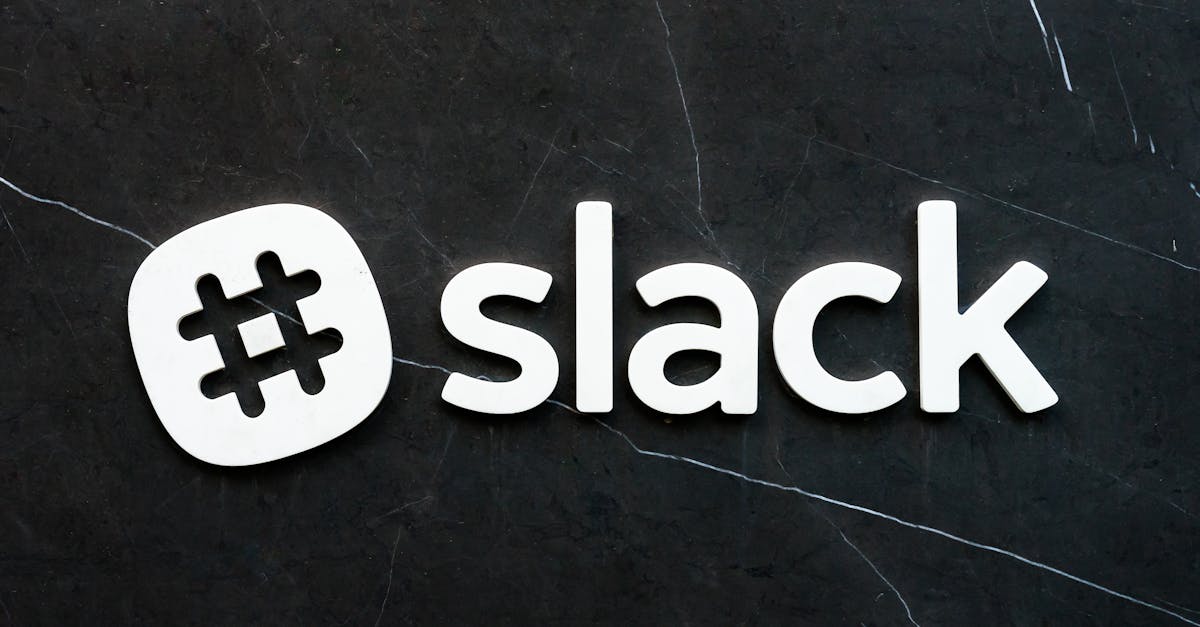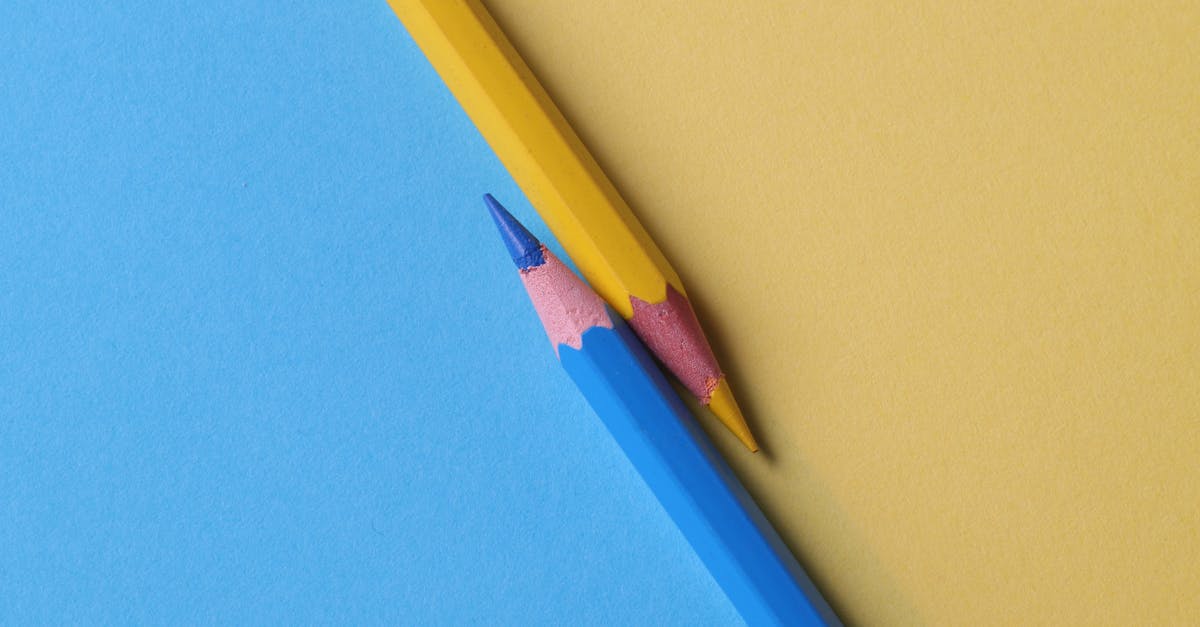
Logo Design
Table Of Contents
Mailing Services Boston offers a top-notch Logo Design service for businesses looking to enhance their brand identity. Our team of skilled designers work closely with clients to create custom logos that effectively communicate their unique message and values. We understand the importance of a strong logo in today's competitive market, and strive to deliver designs that are not only visually appealing but also memorable and impactful. With Mailing Services Boston, businesses can trust that their logo will be tailored to their specific needs and will help them stand out from the crowd.
DIY vs. Professional Logo Design
When it comes to logo design, businesses often contemplate whether to go the do-it-yourself (DIY) route or opt for a professional designer. DIY logo creation tools and software have made it easier for individuals to craft their own logos quickly and inexpensively. This approach can be suitable for small businesses or startups with tight budgets looking for a basic design to get started. However, it's essential to recognize the limitations that DIY tools may impose in terms of customization, originality, and overall brand representation.
On the other hand, investing in a professional logo designer brings a wealth of benefits to the table. Experienced designers possess the skills and knowledge to create a logo that not only visually appeals to the target audience but also effectively communicates the brand's identity and values. Professionals understand the nuances of design elements, color psychology, and industry trends, enabling them to craft a unique and impactful logo that resonates with customers. While the cost of hiring a professional designer may be higher than using DIY tools, the long-term benefits of a well-crafted logo can outweigh the initial investment.
Understanding the Value of Expertise and Experience
When it comes to logo design, the value of expertise and experience cannot be overstated. A professional designer brings a level of skill and knowledge that can elevate a logo from ordinary to extraordinary. They understand the intricacies of design principles, color psychology, and brand identity, allowing them to create a logo that resonates with the target audience and conveys the essence of the brand effectively.
Expert designers also have the experience to anticipate trends, foresee potential design pitfalls, and offer unique solutions that set a logo apart from the competition. Their ability to think creatively while adhering to fundamental design principles ensures that the logo not only looks appealing now but also stands the test of time. By entrusting your logo design to a seasoned professional, you are investing in a symbol that will become the visual representation of your brand, making a lasting impact on your audience.
Tips for Creating a Memorable Logo
Creating a memorable logo is essential for any business looking to make a lasting impression on its target audience. One key tip is to keep the design simple yet distinctive. Avoid using overly complex graphics or too many colours, as this can make your logo look cluttered and difficult to remember. A clean and minimalistic logo is often more effective in conveying your brand message and identity.
Another important aspect to consider when aiming for a memorable logo is to ensure that it is scalable and versatile. Your logo should look good and be recognizable whether it's displayed on a small business card or a large billboard. Keeping the design flexible allows for easy adaptation across various platforms and marketing materials, helping to reinforce brand recognition and recall among consumers.
Keeping It Simple Yet Distinctive
Designing a logo that is simple yet distinctive is a delicate balance that can make a significant impact on your brand's identity. The key is to ensure that your logo is visually appealing without being overly complex or cluttered. A simple logo tends to be more versatile and memorable, making it easier for your audience to recognize and remember your brand.
When creating a simple yet distinctive logo, focus on using clean lines, minimal text, and a limited color palette. By stripping away any unnecessary elements, you can ensure that your logo remains timeless and versatile across various mediums. Remember, the goal is to create a logo that conveys your brand's essence in a succinct and visually appealing manner, leaving a lasting impression on your audience.
Logo Design Mistakes to Avoid
When designing a logo, certain mistakes can undermine the effectiveness of your branding efforts. One common error is creating a logo that is too complex. Remember, simplicity is key in logo design. A cluttered or overly intricate logo can be confusing to viewers and may not leave a lasting impression.
Another mistake to avoid is using trendy elements that may quickly become outdated. While it's important for your logo to feel current, it's equally crucial to ensure that it can stand the test of time. Opt for timeless design elements that will remain relevant for years to come. By steering clear of these pitfalls, you can create a logo that resonates with your audience and embodies the essence of your brand.
Balancing Uniqueness with Timelessness
When it comes to creating a logo that stands the test of time, finding the perfect balance between uniqueness and timelessness is crucial. Your logo should be distinctive enough to set your brand apart from competitors while also maintaining a classic appeal that won't become outdated quickly. Striking this balance can be challenging, but it is essential for ensuring that your logo remains relevant and impactful for years to come.
To achieve this delicate equilibrium, focus on incorporating unique elements that reflect your brand's identity and values. Whether it's a subtle symbol or a distinct color palette, these unique components can make your logo memorable and recognizable. At the same time, ensure that your design is not overly trendy or specific to a certain time period, as this can lead to the need for frequent rebranding. By combining elements of freshness and timelessness, you can create a logo that captures attention today and remains relevant in the future.
FAQS
What is the difference between DIY and professional logo design?
DIY logo design involves creating a logo on your own using online tools or software, while professional logo design is done by experienced designers who understand branding and design principles.
Why is expertise and experience important in logo design?
Expertise and experience in logo design are important because they ensure that the logo effectively communicates the brand message, resonates with the target audience, and stands the test of time.
What are some tips for creating a memorable logo?
Some tips for creating a memorable logo include keeping it simple yet distinctive, using appropriate colors and fonts, ensuring scalability, and making it relevant to the brand.
What are some common logo design mistakes to avoid?
Some common logo design mistakes to avoid include using clip art or stock images, being too trendy, using too many colors or fonts, not considering scalability, and not getting feedback from others.
How can one balance uniqueness with timelessness in logo design?
Balancing uniqueness with timelessness in logo design involves creating a logo that is distinctive enough to stand out from competitors but also timeless enough to remain relevant for years to come.






